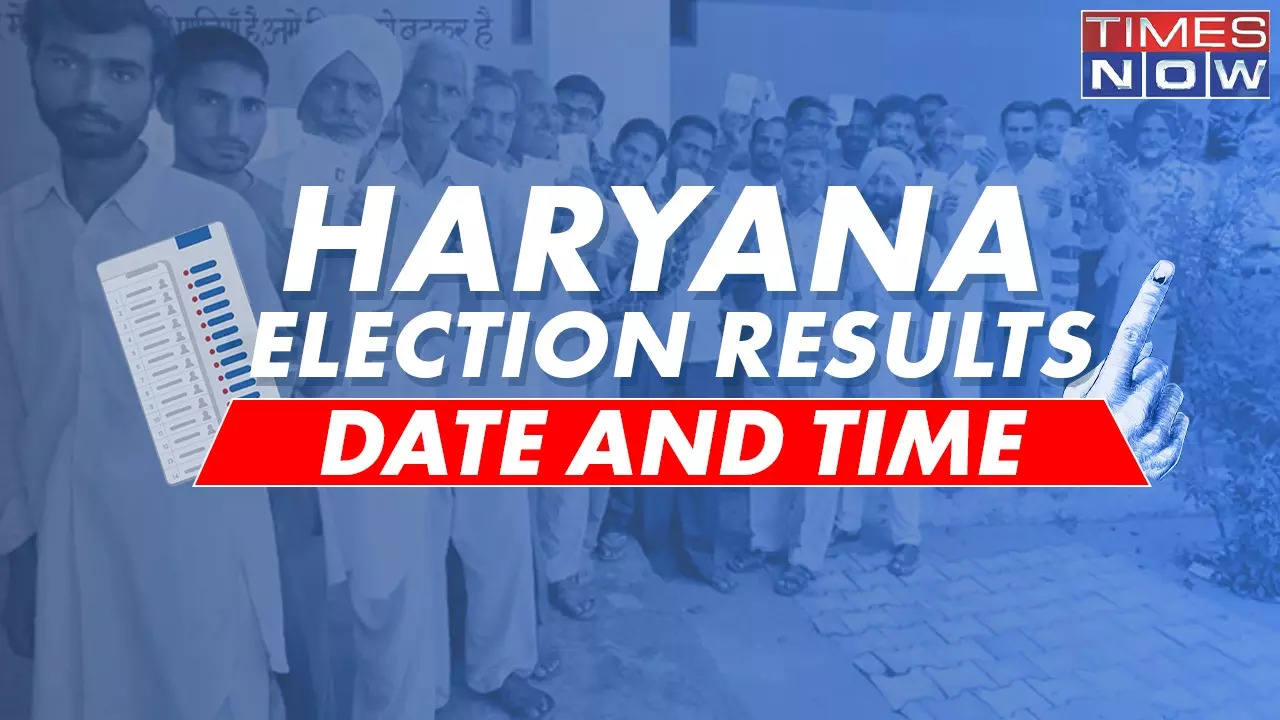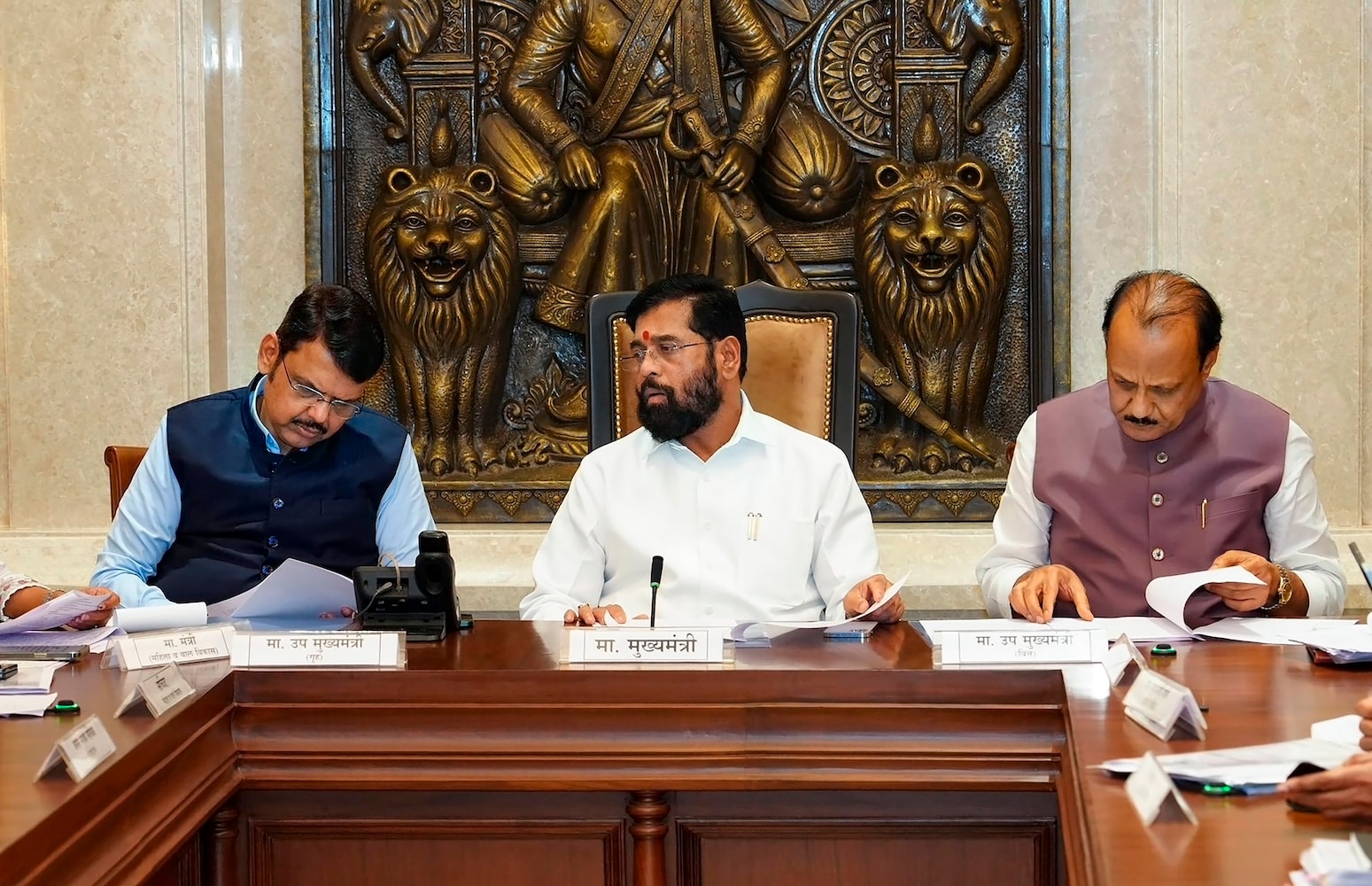
It is encouraging that Union Home Minister Amit Shah, in the context of the ongoing crisis in Manipur, stated on 16 September 2024 that “we are talking to the Kuki and Meitei groups. We have prepared a road map and will take all possible steps (to ensure peace).” He also mentioned that the government has begun the process of fencing the India-Myanmar border and has completed the deployment of Central Reserve Police Forces (CRPF) in the troubled state.
Manipur, he further asserted, has experienced relative calm, with no ‘major incidents’, except for three days of violence in the previous week. While this conveys a sense of proactiveness and optimism, some basic questions stare us in the face. The violence in Manipur, between the Meitei and Kuki-Zo people, began on May 3, 2023.

The Meitei people, who constitute the majority population of the state, largely occupy the Imphal valley, while the Kuki-Naga people, who account for 30 per cent of the total population of roughly 3 million, are predominantly settled in the hill areas abutting the border with Myanmar. The clashes were triggered by a ruling of the Manipur High Court on April 14, 2023, directing the state government to send a recommendation to the Central government regarding the Meitei community’s demand for Scheduled Tribe status. The Kukis felt this would jeopardise their share of reservation rights and allow the larger population to occupy land in Kuki-dominated areas, which were already under threat due to hill forests being cleared by the state administration, ostensibly to combat poppy cultivation.
The ethnic divide was further deepened by religious differences: the Meitei are predominantly Hindu, while the Kuki and Naga communities are largely Christian. To be fair to the BJP government in Delhi, ethnic clashes in Manipur are not a new occurrence. Even before May 2023, such violence would sporadically erupt, sometimes with dangerous consequences.
However, what we have witnessed over the past sixteen months has intensified the Meitei-Kuki divide to unprecedented levels. Trust between the two communities has completely broken down, violence has escalated—now involving the use of drones and sophisticated weapons—and the segregation is near total, with a physical buffer zone cutting across like a gash between the two ethnic groups. As per reports, the violent clashes that broke out on May 3, 2023, resulted in 81 deaths, of which 77 were Kukis and 10 were Meiteis.
In the 16 months since, official figures report that 235 people have been killed, over 1,000 injured, 60,000 displaced and still living in refugee camps, 4,786 houses burned, and 386 religious structures vandalised, including temples and churches. Unofficial estimates suggest these numbers may be much higher. The violence has been marked by a great deal of atrocity.
On July 19, a viral video showed two women being stripped, paraded naked, sexually assaulted, and gang-raped, presumably by Meitei men. One of the victims’ father and brother were killed while trying to protect her. A police complaint was lodged, but no action was taken for two months until the video emerged.
The Supreme Court, taking suo motu cognisance of the video, stated bluntly that there seems to be a complete breakdown of the Constitutional machinery in the state. Simply put, Manipur has been engulfed in unrelenting violence, arson, and rioting for far too long, with no signs of a resolution. This situation should be of prime concern to the government.
Manipur is a sensitive border state, with a 352 km porous boundary shared with unstable Myanmar. The Kuki population overlaps with the Chin tribe in Myanmar, and the entire region is flooded with arms, the intervention of hostile powers—notably China—awash in drugs, plagued by cross-border narco-terrorism, and rampant illegal immigration. Given the above, questions inevitably arise as to why the Central government has allowed this volatile situation to fester and escalate for so long.
Why is Amit Shah only now speaking about having a ‘road map for peace’ after 16 months of continuous violence, when the warring groups are nearly irreparably divided? Why is the fencing of the Myanmar border being initiated only now, when both the Central and state governments have consistently blamed illegal immigration from Myanmar for the crisis? Is border fencing a desirable or feasible solution, given the challenging topography and overlapping tribal ties on both sides? Why has the CRPF been deployed so late, despite longstanding allegations regarding the partisan role of the Assam Rifles? And why has Chief Minister Biren Singh remained in office despite facing criticism for his handling of the crisis and accusations of bias towards the Meitei majority? Above all, the lack of direct intervention from Prime Minister Modi is increasingly a point of concern. A visit from the PM or a concerted effort to lead an all-party delegation could signal a commitment to finding a lasting resolution. Since 1947, no secessionist movement against the Indian Union has succeeded.
But the neglect of the Manipur tinder box situation poses a serious threat to our hitherto untarnished record. It is for this reason perhaps, that Mohan Bhagwat, the RSS chief, expressed serious concern in June this year about the year-long violence in Manipur, emphasising that the situation needs to be dealt with on a priority basis. The author is a former diplomat, an author and a politician.
Views expressed in the above piece are personal and solely those of the author. They do not necessarily reflect News18’s views..














